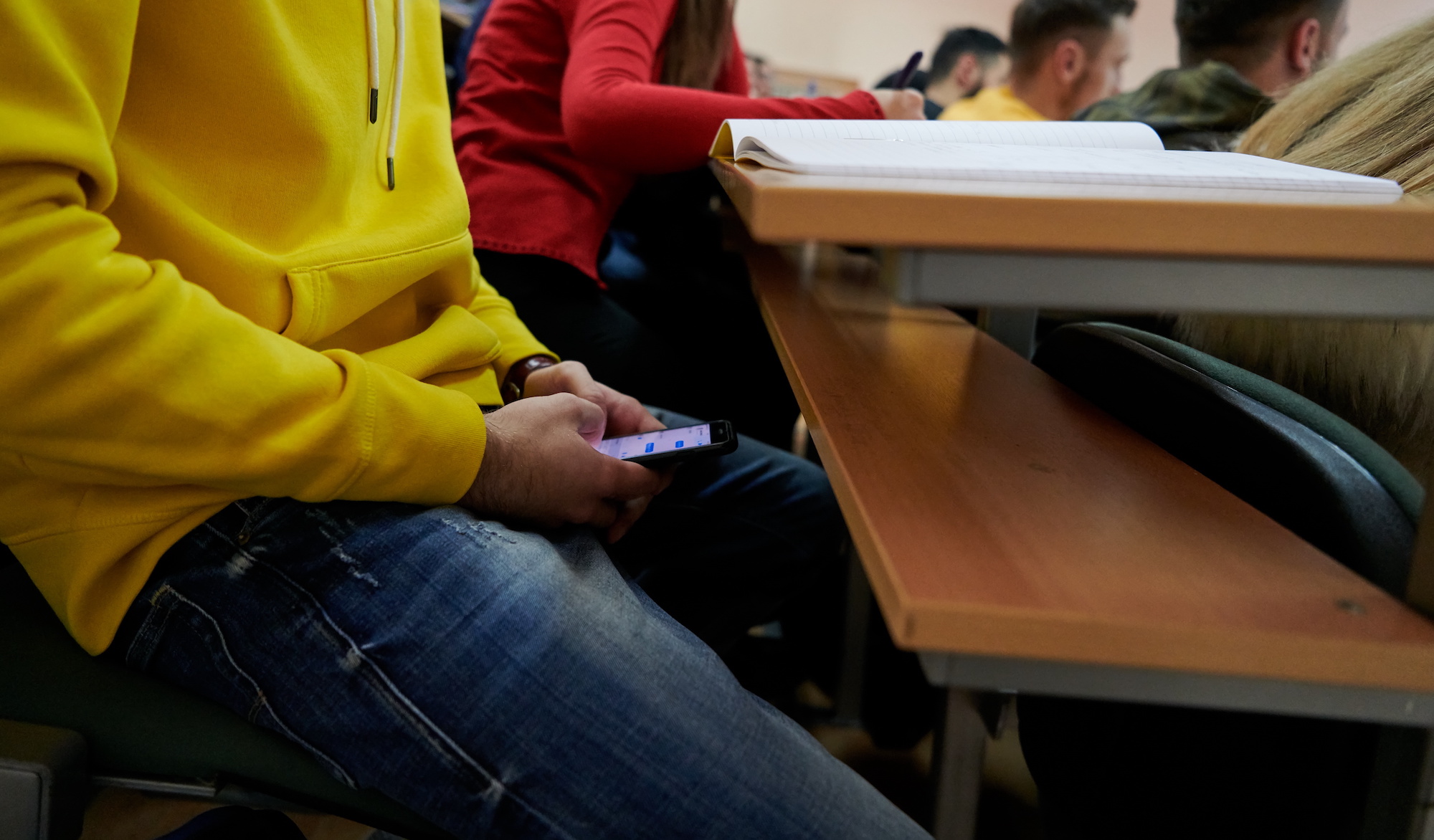This article was updated on March 15, 2021.
Dealing with academic dishonesty is a nightmare for any instructor. When suspicions of cheating arise, the onus often falls on the professor to demonstrate proof, secure the assessment’s integrity, and identify the guilty students. It’s a painful scenario that damages professors and institutions’ reputations and destroys students’ academic futures.
Cheating has always been a serious concern at post-secondary institutions, but data suggests instances are increasing. Over 68% of US undergraduate students admit to cheating, according to a 2002-2015 study by the International Center for Academic Integrity. In Canada, 53% of undergraduates admitted to plagiarism and 18% to serious test cheating in Hughes and McCabe’s 2002-2003 study.
While the Internet of Things appears responsible for the influx of cheating, Jon McCabe—an integral member of both studies above—hesitates to assign it all the blame. The reasons are complicated and will require more research, but McCabe theorized a primary contributor is a growing apathy towards cheating among students.
Many professors report the relatively common practice of dishonest students taking an eraser to their graded assessments, writing the correct answer, and requesting a regrade. To combat this, some professors—particularly those in Chemistry, I found through anecdotal experience—began scanning and photocopying assessments, albeit on their own time.
Unfortunately, cheaters now have more tools at their hands than erasers.
Digital grading to combat academic dishonesty
While the rise of digital technology provides more opportunities for cheating, it also makes instances easier to detect and identify. The growing trend of paperless and digital grading often produces a digital artifact of student work that instructors securely stored and is accessible in grading disputes. New attendance-recording technology also serves to validate student identities while creating virtual seating maps for proctored examinations.
Academic dishonesty is not going to disappear. However, the proactive use of digital grading tools, advice from colleagues, and enforcement will identify current instances and deter potential ones much more effortlessly.
Read more:
